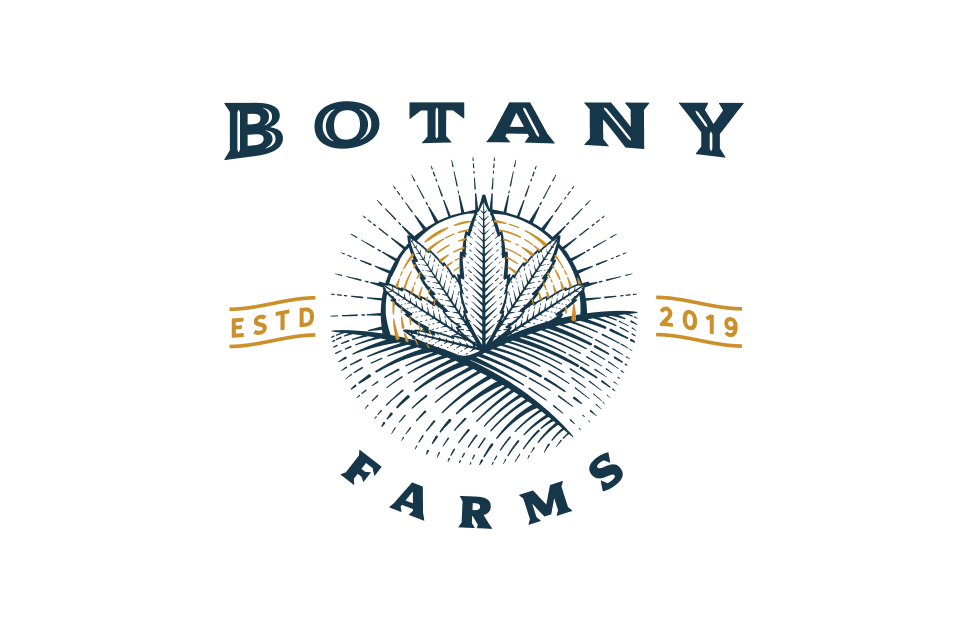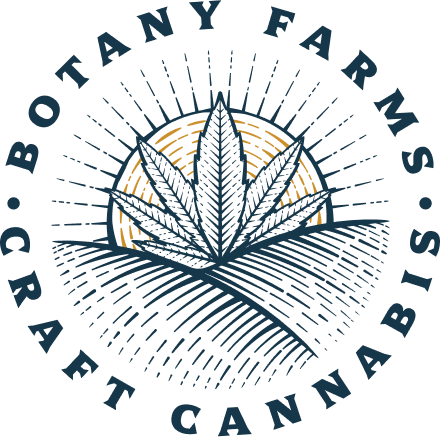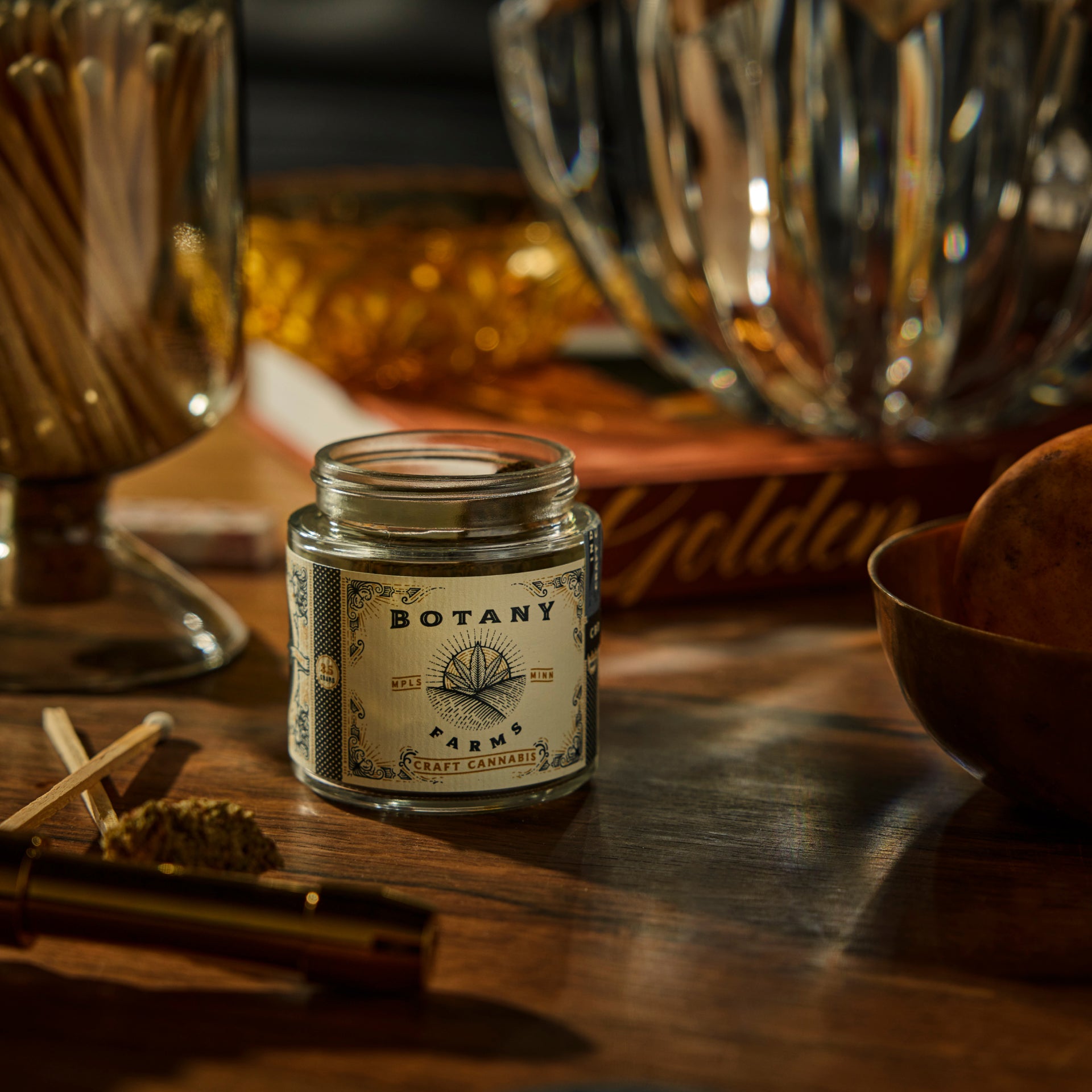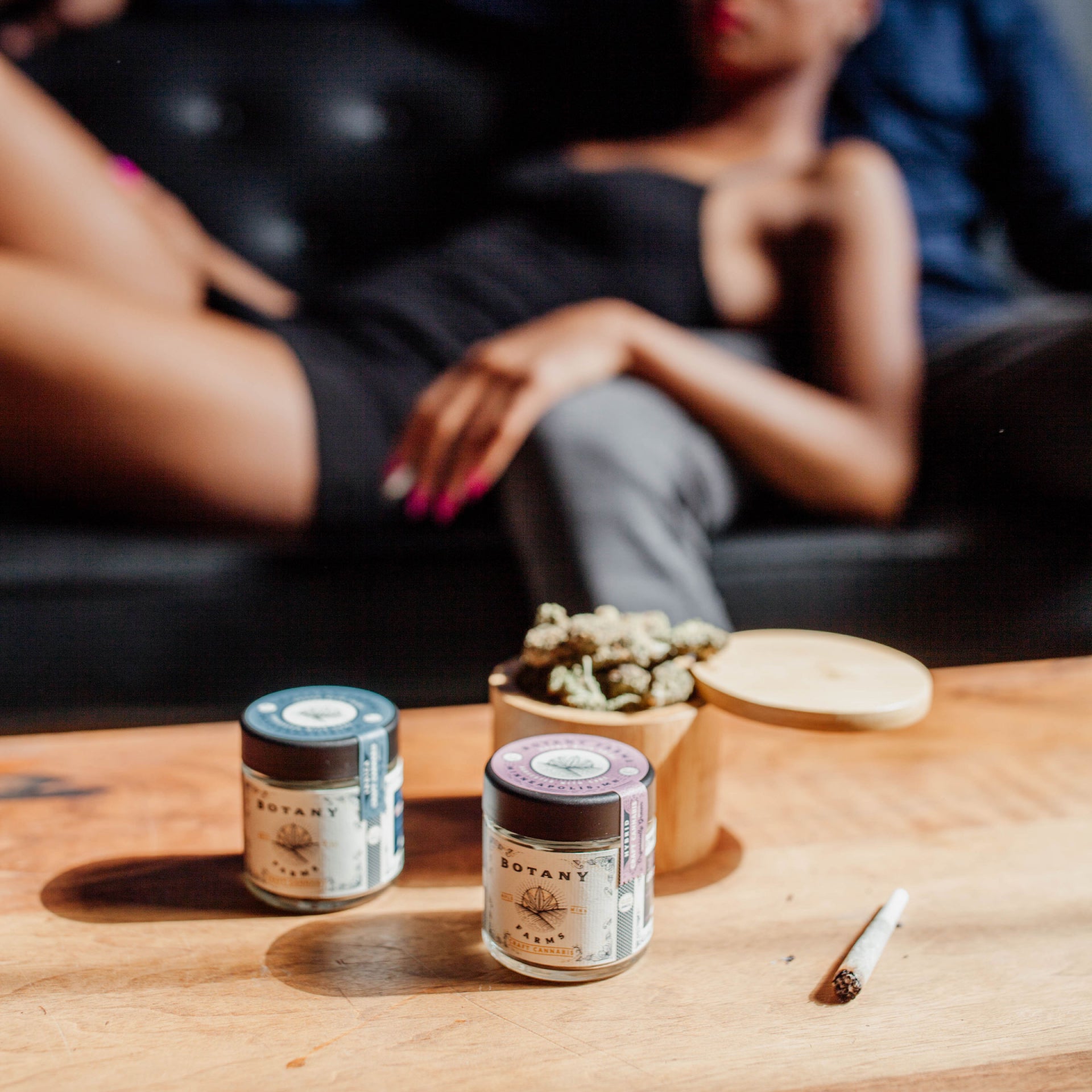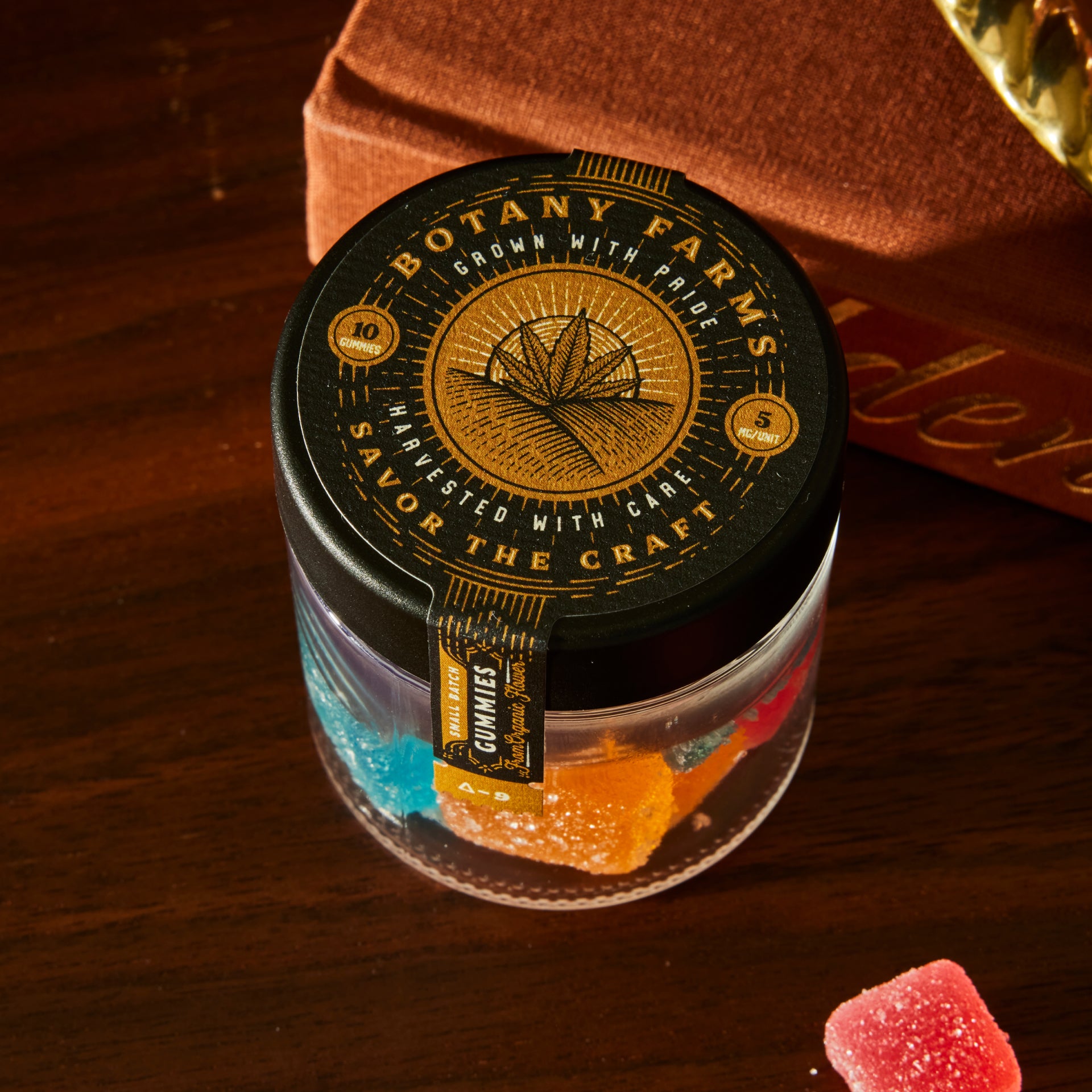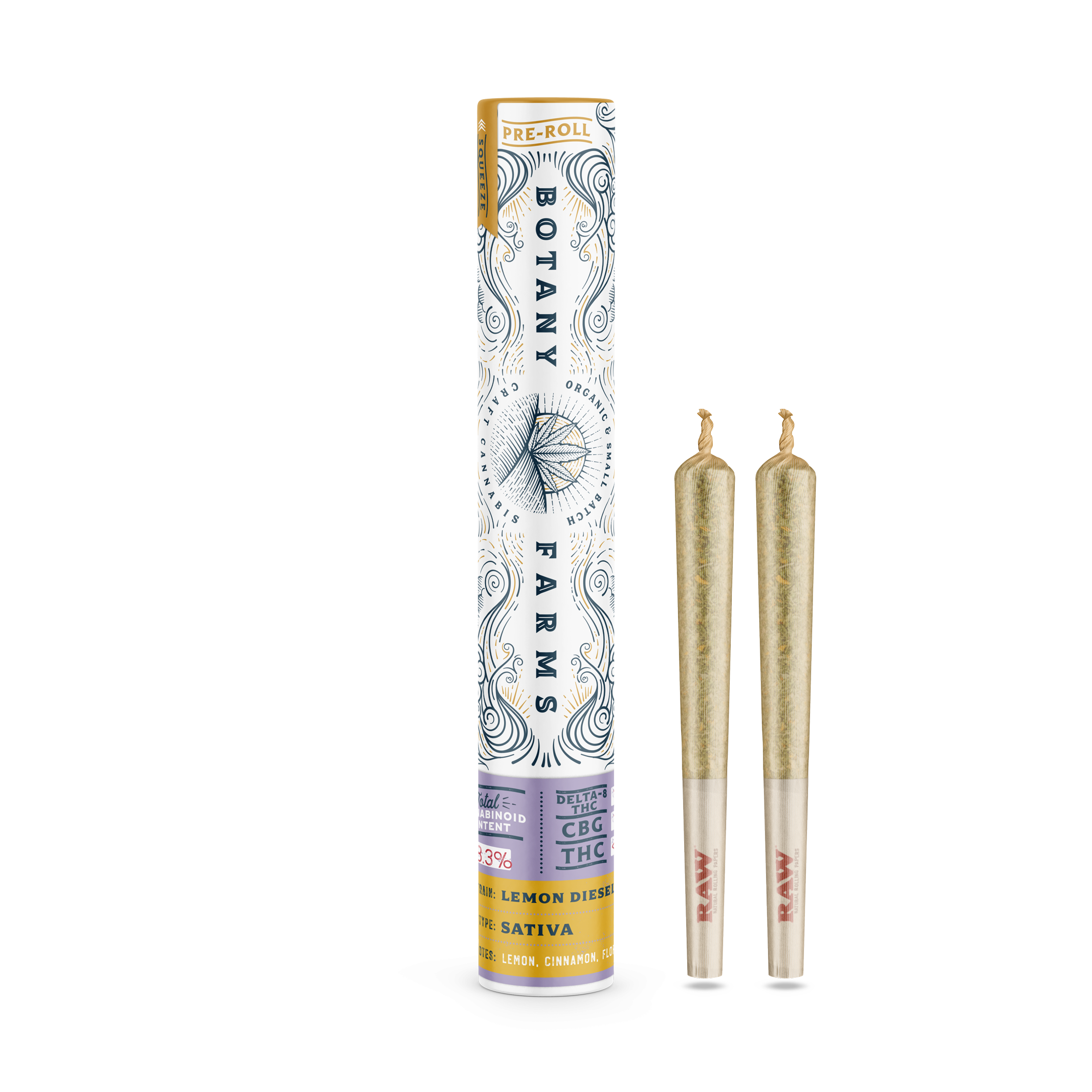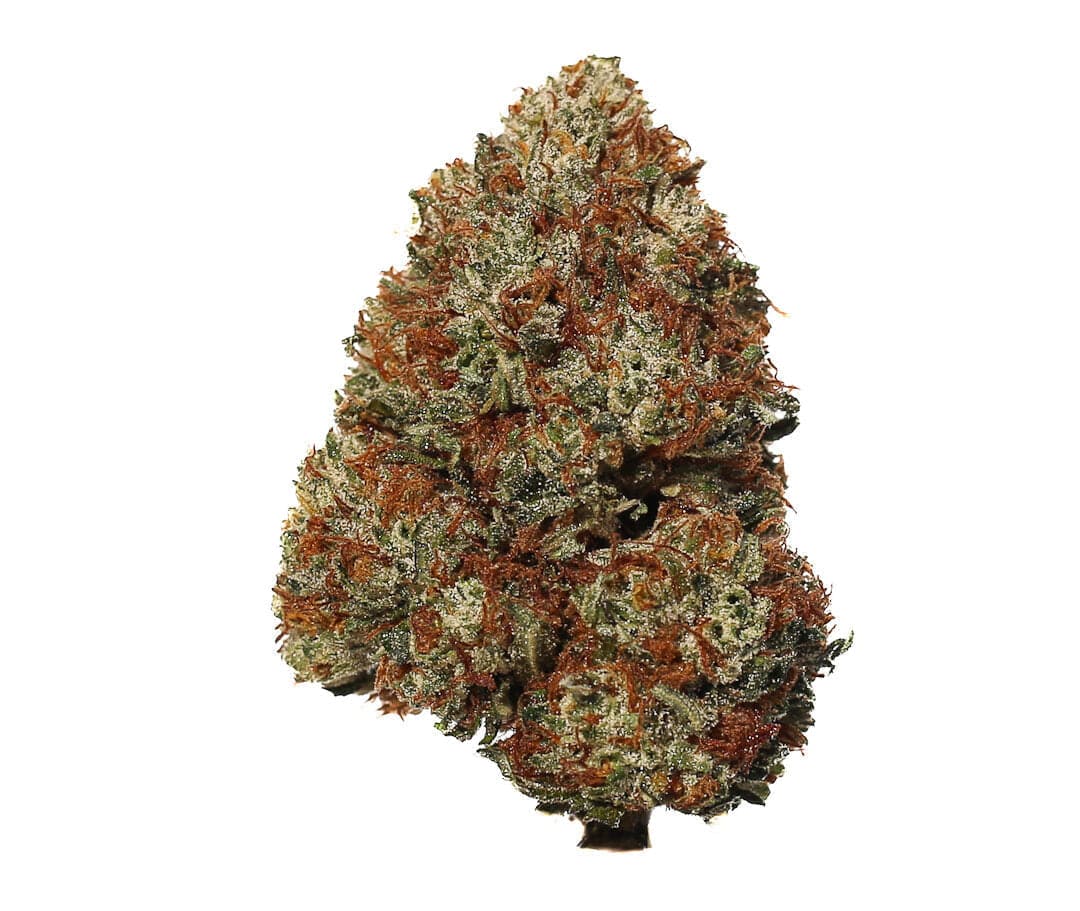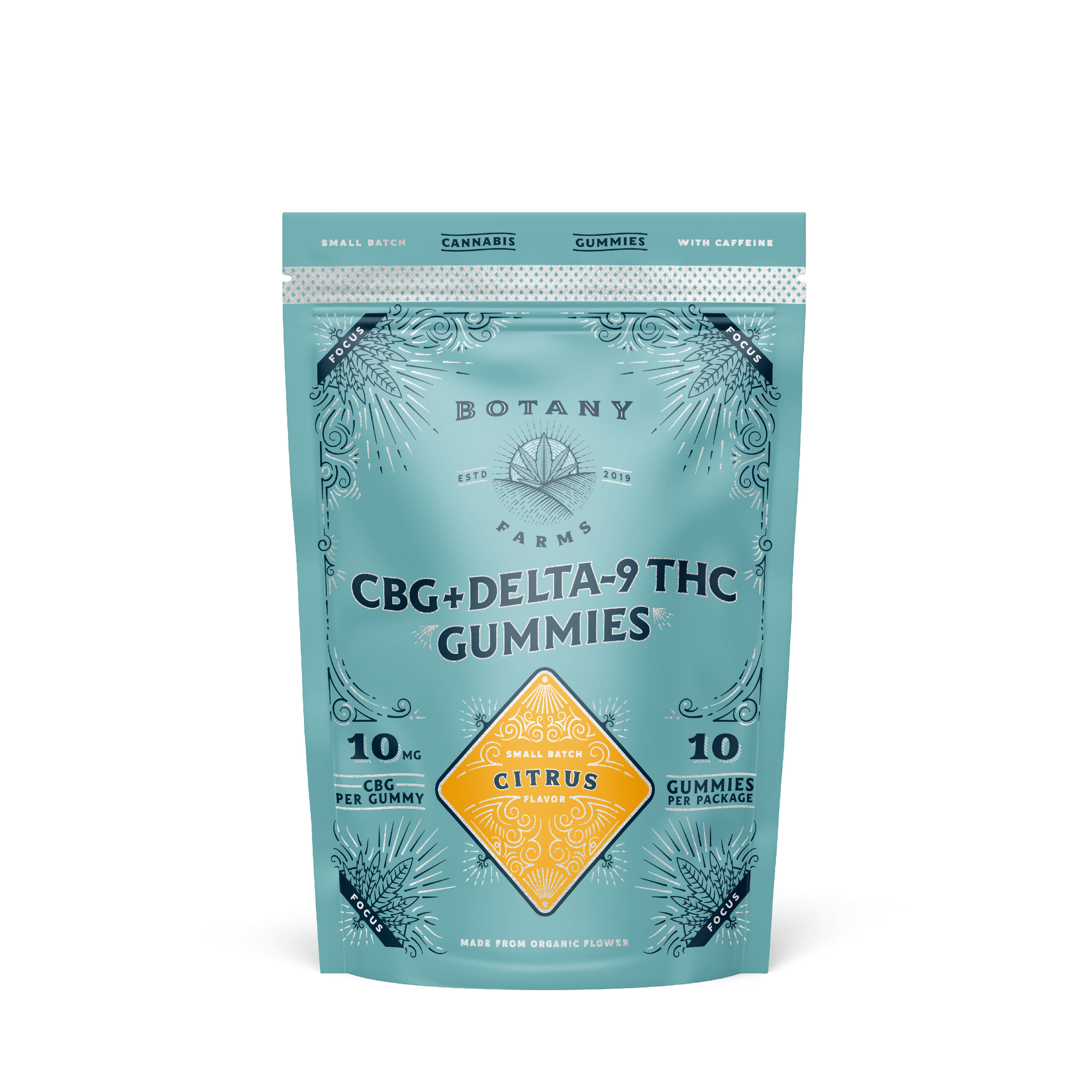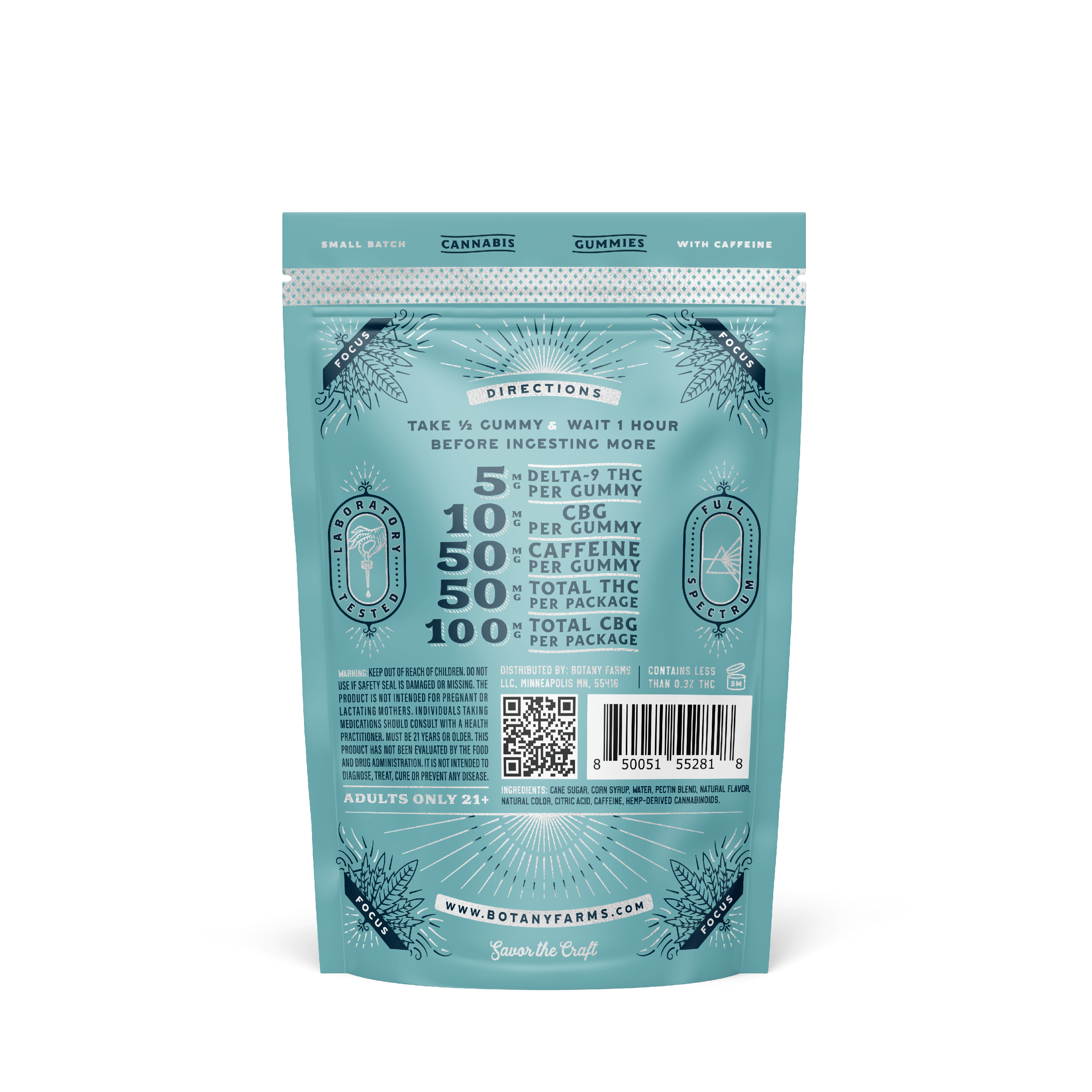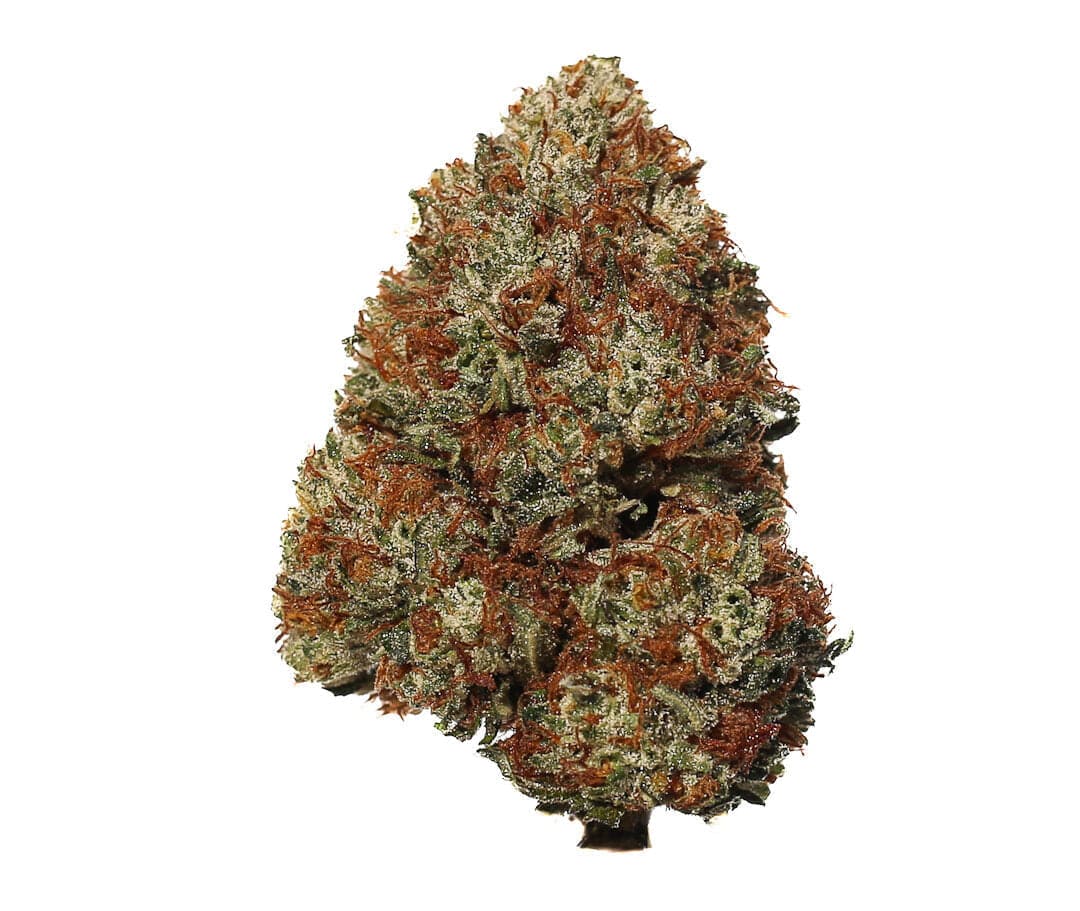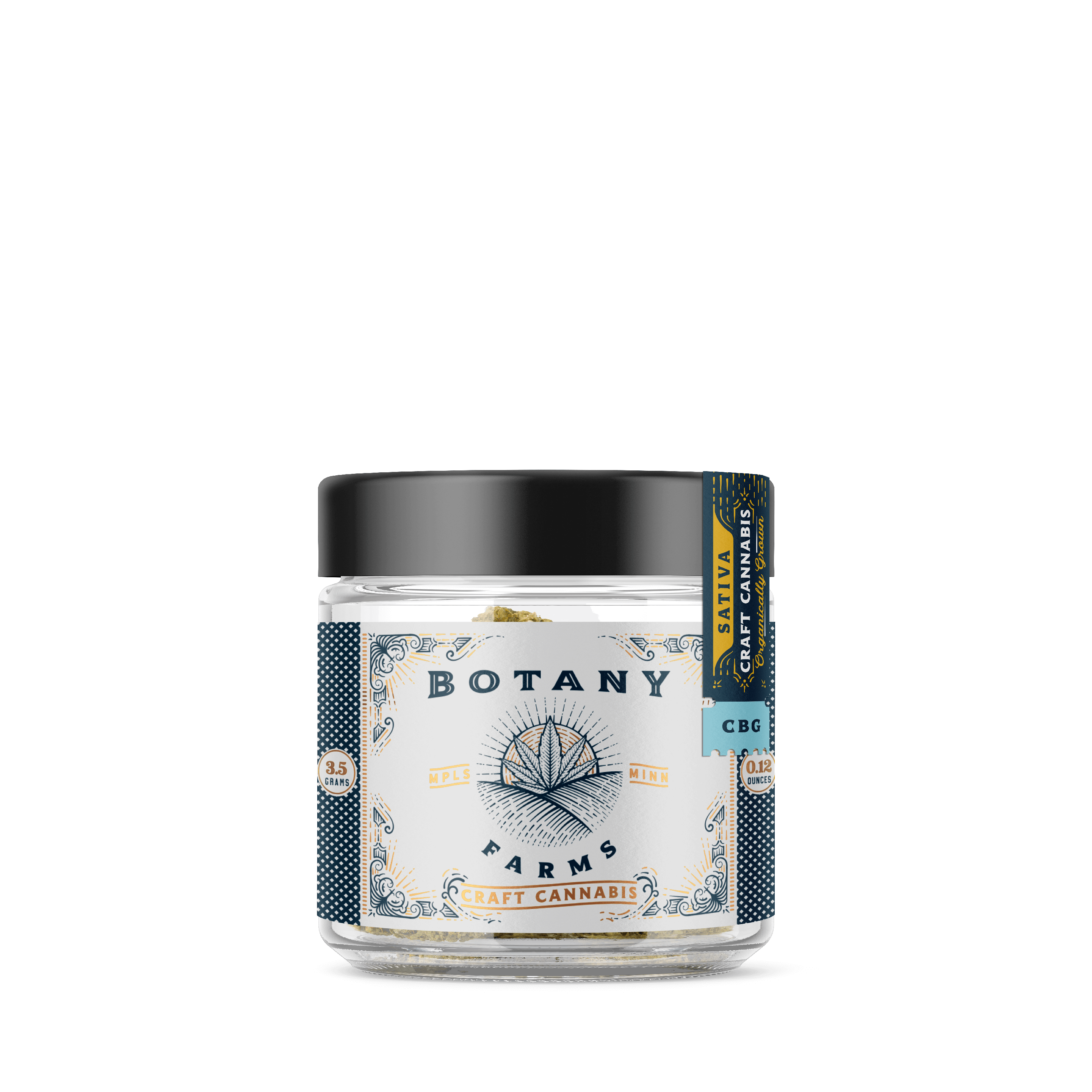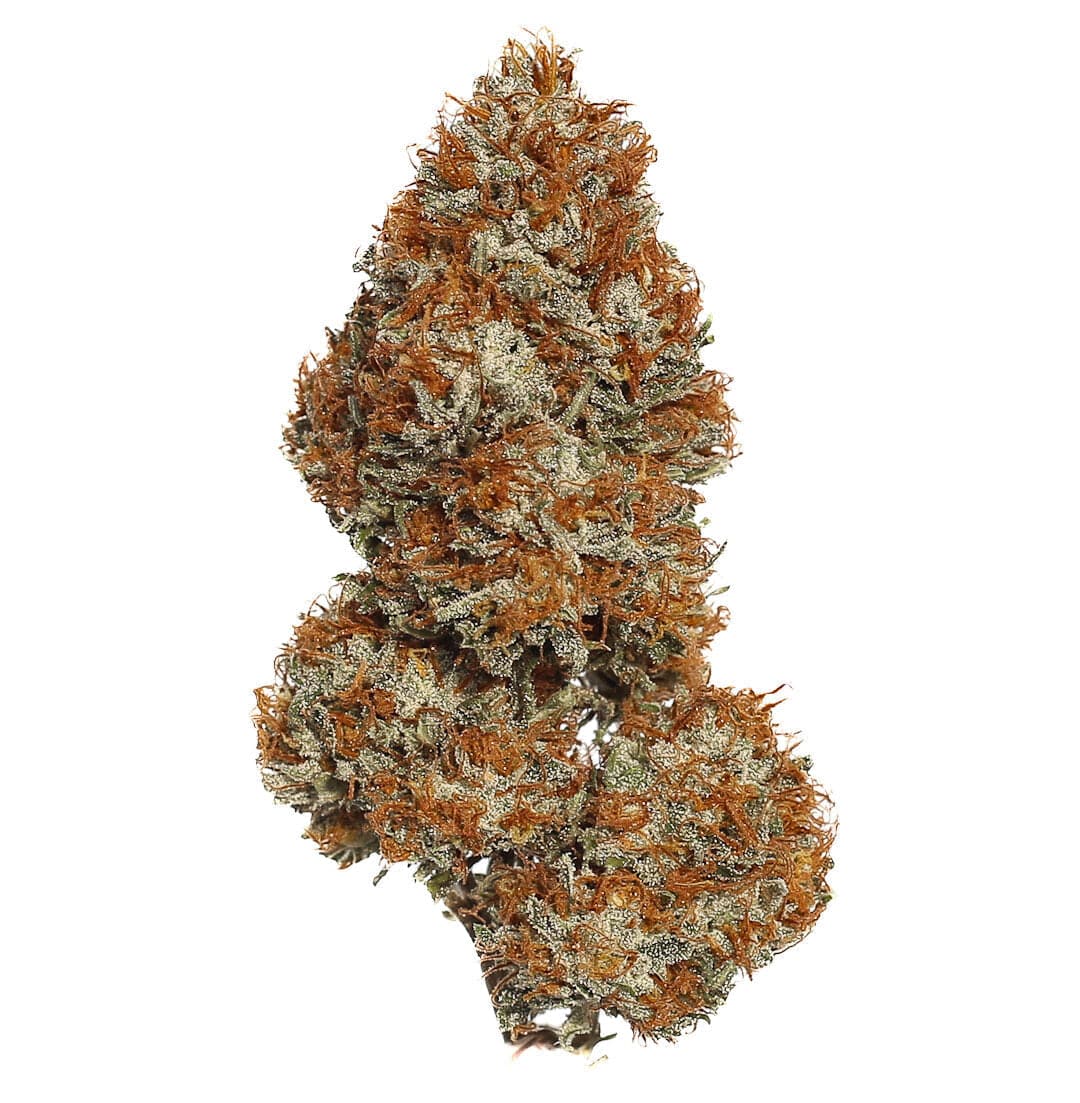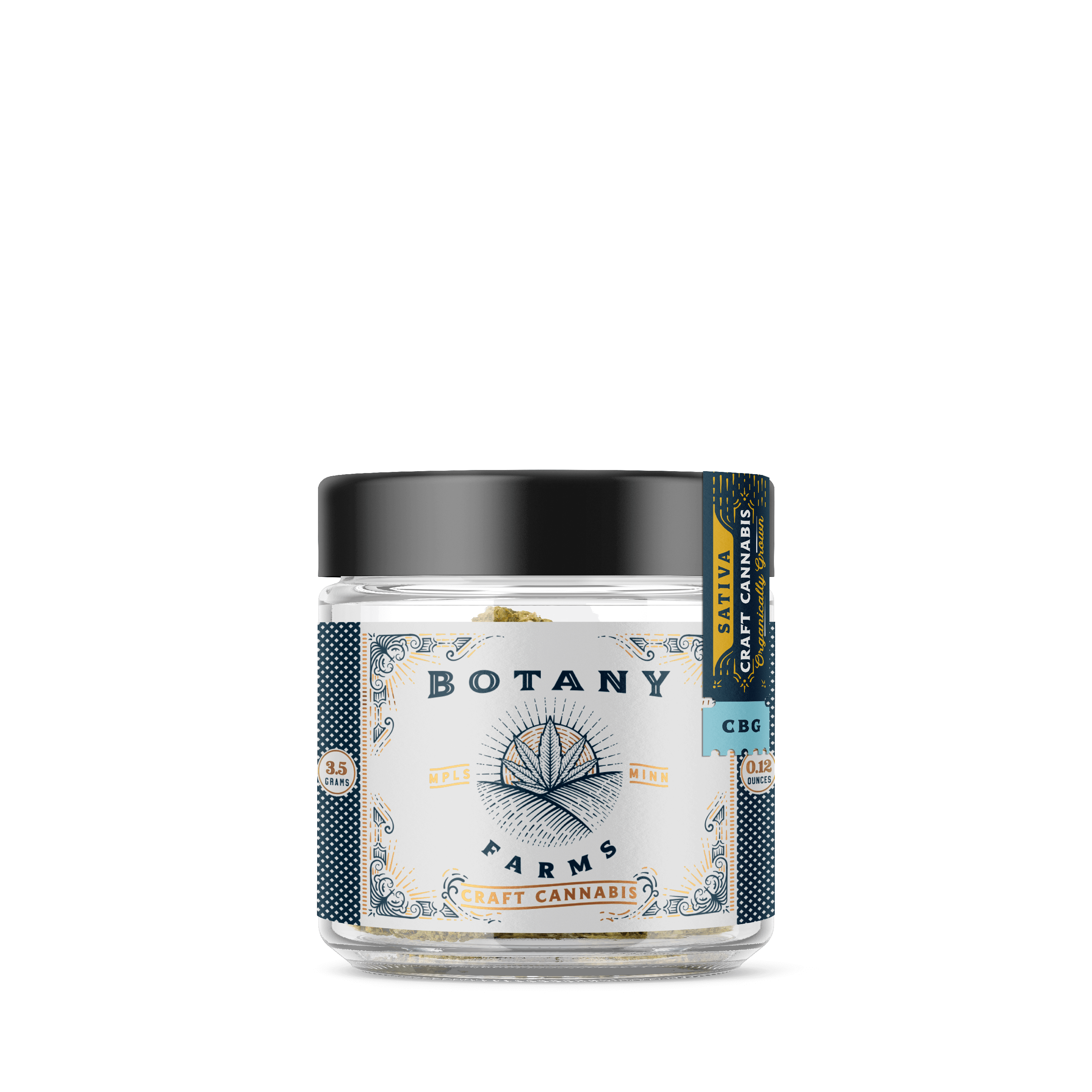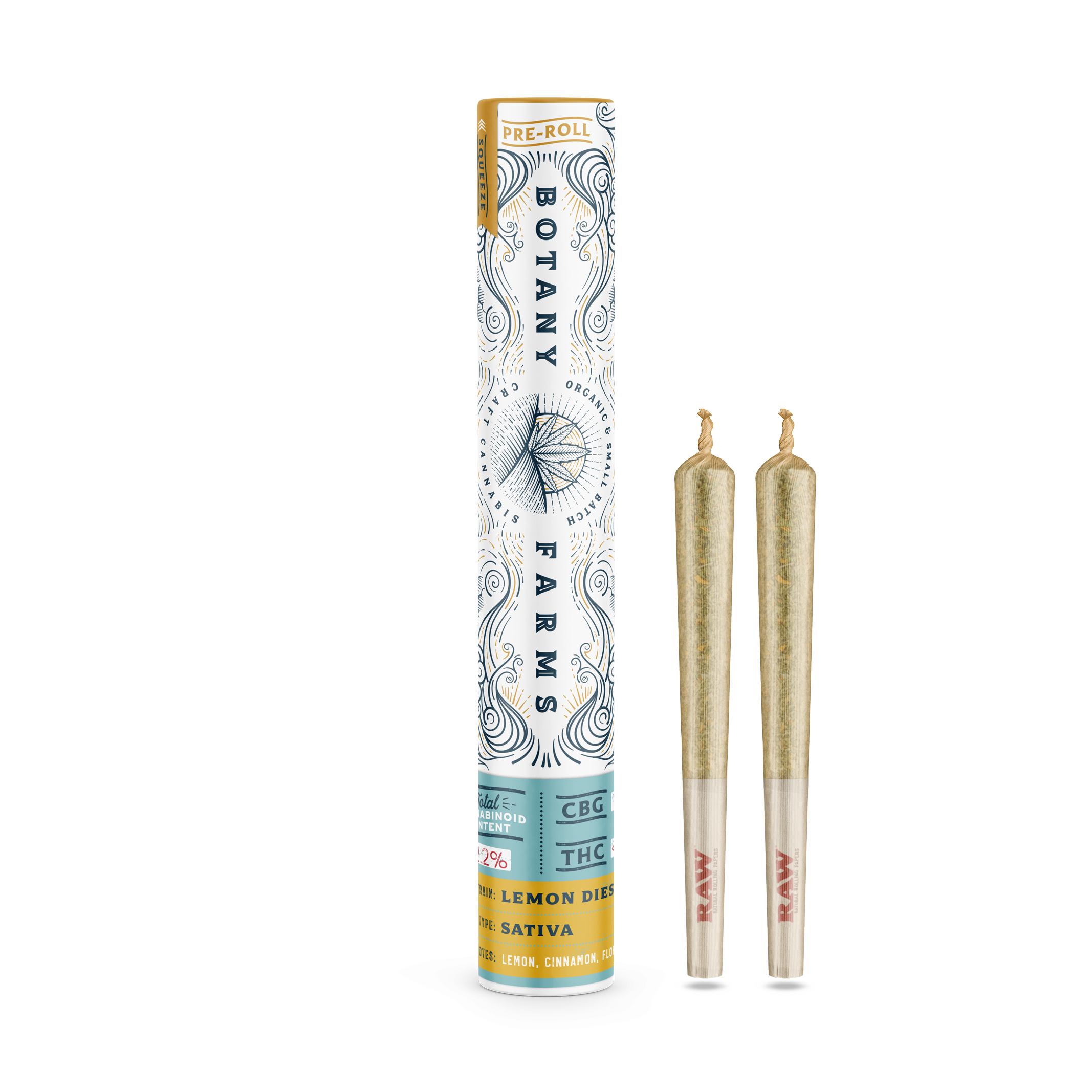Users of marijuana have been known to fail drug tests because THC is easily detectable. However, does CBG show up on a drug test? Should CBG users be worried?
What is Cannabigerol?
By now, you have heard of CBD and THC or even used their derivatives in product form. But did you know that cannabis contains more than 80 cannabinoid compounds, of which cannabigerol is one?
Cannabigerol (CBG) is a cannabinoid derived from cannabis. It is regarded as the “mother of all cannabinoids” because other cannabinoids originate from cannabigerolic acid (CBGA). Compared to other cannabinoids, CBG exists in tiny quantities in cannabis plants. Most cannabis plants contain only 1% of CBG compared to 20–25% of CBD and 25–30% of THC. As a result, consumer products derived from CBG are often rare and quite expensive.
Over the years, CBG products have grown in popularity thanks to the potential benefits this cannabinoid offers. However, users worry, and rightfully so, whether CBG does show up on a drug test. This article puts this matter to rest once and for all.
CBG vs. CBD
Cannabis plants have many cannabinoid compounds; the most studied are THC, CBD, and CBG. Because CBG is found in low concentrations in mature cannabis, it is regarded as a minor cannabinoid. Nevertheless, the three main cannabinoid lines, i.e., cannabidiolic acid (CBDA), tetrahydrocannabinolic acid (THCA), and cannabichromenic acid (CBCA), are all derivatives of the precursor compound cannabigerolic acid (CBGA).
Furthermore, CBG is highly concentrated (up to 30%) in young cannabis plants, while CBD is found in large quantities in fully developed plants. The chemistry behind this phenomenon is simple.
As young cannabis plants grow, the sun’s ultraviolet (UV) light and heat break down the CBGA into THC and CBD. In most cannabis strains, CBGA is broken down into either CBDA or THCA, eventually decarboxylated into CBG and CBD. This effectively implies that the more THC there is in a strain, the lower the CBG and CBD content, and vice versa.
CBG and CBD have an almost similar chemical structure, which might explain why both compounds interact with CB1 and CB2 receptors. Other areas where CBG and CBD compare closely are:
- Effect profile: Both CBG and CBD are stimulants. Users find them energizing in addition to enhancing their moods. In some cases, they relieve mild pain and are non-psychoactive though CBD is somewhat psychoactive.
- Legality: CBG derived from Hemp is legal in the United States just like CBD products are also legal under federal and state laws except where marijuana is illegal. All 50 states have laws legalizing CBD with varying restrictions.
- Percentage in Hemp: CBG exists in minute quantities (less than 2%) in fully-grown Hemp plants. However, in young plants, its concentration can reach up to 30%. Similarly, CBD is also derived from hemp but in relatively large amounts.
- Percentage in marijuana: CBG is found in small quantities (less than 2%) in mature marijuana plants. Younger plants have higher concentrations, usually up to 30%. Similarly, CBD is the second most prevalent active compound in marijuana.
- Optimal growth stage: CBG is found in higher concentrations in under-ripe cannabis plants, whereas CBD is found in lower concentrations in mature cannabis.
Key Differences Between CBG and CBD
Though they have similar therapeutic properties, CBD and CBG have subtle differences. For instance, these compounds have different molecular structures, meaning that their carbon, hydrogen, and oxygen molecules are arranged differently. This difference in molecular structure affects how these cannabinoids bind with receptor cells and their bioavailability.
CBG is very limited and more expensive than CBD in terms of market availability and cost. A study investigating the reaction of CBD and CBG with 5-HT1A serotonin receptor showed that CBG is antagonistic while CBD is agonistic. In other words, CBD induced strong anti-nausea effects, whereas CBG did the opposite.
Further, CBG and CBD also differ in how they stimulate appetite. A study on rats showed that CBG enhanced appetite, causing them to double their usual food intake. On the other hand, CBD caused a significant reduction in food intake.
Preclinical studies shed some insights on how this cannabinoid interacts with the body. Like CBD, this compound is not psychotic (does not induce a ‘high’) but offers several other therapeutic benefits such as:
- Antibiotic properties
- Appetite stimulation
- Potential protection against MRSA bacterial infections
- Neuroprotective properties – a CBD prescription is used to treat a stubborn seizure disorder that generally does not respond to conventional antiepileptic medication.
- Treatment of insomnia.
- Pain relief.
- Stress and anxiety relief.
A Breakdown on CBG Drug Testing
Used in isolation (not as a full spectrum cannabinoid), CBG is undetectable during drug screening. This is because standard drug tests do not look for CBG; instead, they test for Δ9-tetrahydrocannabinol (THC).
Unfortunately, your CBG product is likely full-spectrum and contains 0.3% THC, which is detectable in drug tests. Testing techniques on hair, saliva, and urine will detect different cannabinoid concentrations, largely depending on your exercise levels and metabolism. The cannabinoids are broken down and excreted through the renal system much faster when you are more active.
Will CBG Show Up in a Drug Test?
As we become more knowledgeable about the benefits of THC, CBD, and CBG on our physical and mental health, we are also increasingly concerned about whether these cannabinoids will show up on drug tests. This is especially critical given regulatory requirements, e.g., in sports and employment.
So, does CBG show up on a drug test? The definitive answer is NO. The main compound drug tests detect is THC, which is cause for worry because doses of THC are usually available in full-spectrum CBG products. The key, therefore, is to avoid taking large doses of full-spectrum CBG products. 300 milligrams is the recommended dosage, no more.
Nonetheless, if you are using full spectrum CBG products, many of which contain up to 0.3% THC, it is possible to fail a CBG drug test, especially if you regularly take the supplement in high dosage and perform a test soon after. But you can avoid failing a drug test by detoxing at least a week before the test.
Also, if you are a regular user of pre-filled cannabis oils, you can try vaping to reduce the dosage of the concentrate. You are still likely to fail that drug test though! Ultimately, the best way to avoid failing a drug test is to stop consuming THC at all.
